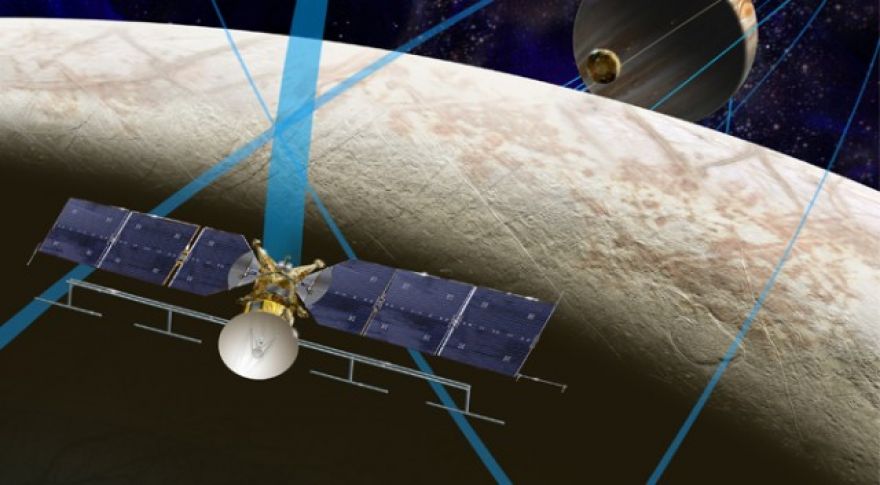
NASA Moves Forward With Europa Clipper Mission
NASA is moving ahead with one of its most ambitious upcoming missions. The Europa Clipper has , allowing the agency to begin final design and construction of the spacecraft that will explore the icy moon of Jupiter. The mission will begin to take shape over the next few years before it launches on something. NASA originally intended to use the Space Launch System (SLS), but it may need to rethink that in light of recent delays.
has been a subject of much research ever since the Voyager probes snapped photos of the moon during their flybys in the late 1970s.
NASA has the Juno probe in the Jovian system right now, but it’s not designed to study the moons. The Europa Clipper would be the first mission to focus on a moon other than the one orbiting Earth. While Europa Clipper won’t land on the surface, it will make more than 40 close flybys of the moon, probing it with a suite of nine instruments to analyze the planet’s magnetic field, temperature, and more. Europa occasionally ejects plumes of water vapor into space, and Europa Clipper could analyze the chemical composition of the water if it manages to fly through one.
All NASA missions have to go through a labyrinthian approval process that begins with the preliminary design. Only after passing independent review does a project get to final design and construction. That’s where Europa Clipper is now. NASA has given the go-ahead for the team to begin designing and building the spacecraft that will fly in space. There’s another review phase before the mission can continue to assembly, testing, and launch. That’s a few years off, though.
NASA’s announcement of the mission’s new status does not make mention of how it will launch the spacecraft. The preliminary design called for Europa Clipper to fly on the SLS, which NASA had hoped to have done several years ago. With SLS development still inching along, it’s not certain the rocket will be ready in time for the 2023 or 2025 launch windows. There has been talk of using a smaller commercial rocket, but it would take longer to get the probe to Europa aboard one of those vehicles.
Even if it takes a little longer to reach Europa, the aliens (if they exist) will still be waiting for us. We’re looking forward to more updates on the Europa Clipper going forward.
Now read: